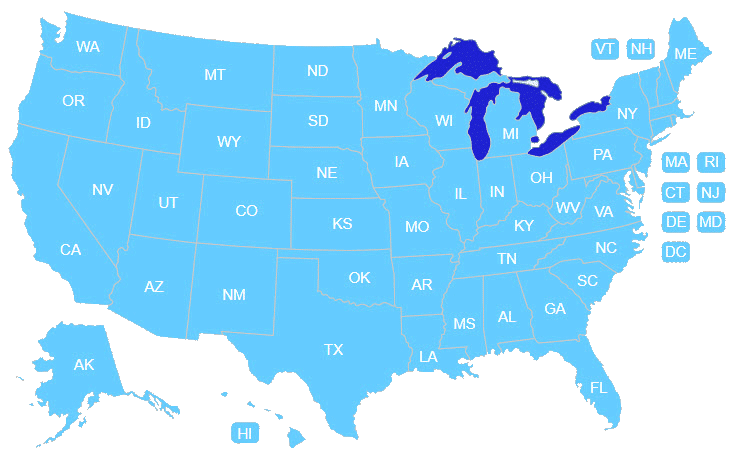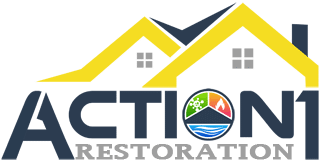Drying and Dehumidification Services
Call Us Today- Home
- /
- Water Damage
- /
- Dry Out Dehumidification
Once the water has been removed, most homes and businesses will need drying and dehumidification. This is because generally, only water that is visible can be removed by using water extraction equipment. As a result, some water may still reside and become stagnant in other areas of the house, such as the floors and walls, and in furniture and room accessories like the couch, carpet, curtains, and throw pillows. This does not only cause physical damage and breakdown, but can also cause molds and bacteria formation.
Full Drying and Dehumidification Services
Full drying and dehumidification services are essential after water removal to ensure that absolutely no water – not even any amount of moisture – remains. Action 1 Restoration is your one-stop solution for complete water damage restoration, including thorough removal of hard-to-detect moisture in your home and important belongings.
Some of the Equipment We Use:
- Portable and truck-mounted units for massive water removal
- Gas-powered, submersible pumps for uninterrupted pumping
- Hygrometers and moisture meters to measure moisture levels in the atmospheres
- High-speed air movers to evaporate left-over moisture from walls, carpets, furniture, etc.
- Dehumidifiers to reduce humidity and excess moisture in the air
- Monitoring and testing equipment to ensure zero to minimal moisture in the surroundings
Our Process
Thanks to our set of quality, advanced drying equipment and active team of water damage experts, drying and dehumidification processes have become more structured and are faster than ever before.
- Removing water using specialized tools and equipment
- Evaporating excess moisture using high-speed air movers
- Dehumidifying damp air to stop secondary damages(e.g. warping, swelling)
- Maintaining temperature and relative humidity for complete removal of remaining moisture
The less time and effort that it needs to dry everything completely, the less costly the entire process becomes. Thus, “our process” is also the most cost-effective in the industry today.
You can also check out these additional resources:
Common causes of water damage
What are the classes and categories of water?
Monitoring
Then, after water removal and drying, our team performs further monitoring to verify that everything has been dried out thoroughly. One of our highly-trained technicians conducts a series of inspections using specialized equipment and records data such as moisture saturation, humidity content, and overall surrounding condition.
Testing Process and Tools
Furthermore, we don’t just use one type of hygrometer or moisture meter. We have varying kinds for use in different locations and conditions (e.g. for taking measurements behind drywall, under baseboards, and inside building materials). Testing with these tools tells us how much more drying work still needs to be done if any, and when we can proceed with the restoration project.
Reasons Why Customers
Choose Our Experienced Team

Upfront pricing

Highly rated team

Decades of experience

Skilled and trained technicians

24/7 emergency services

Eco-Friendly & saving solutions

1000's of satisfied customers

Certified and trained techs

We work with your insurance company

Discount services & savings
Select Your State to Reach Our Local Teams

